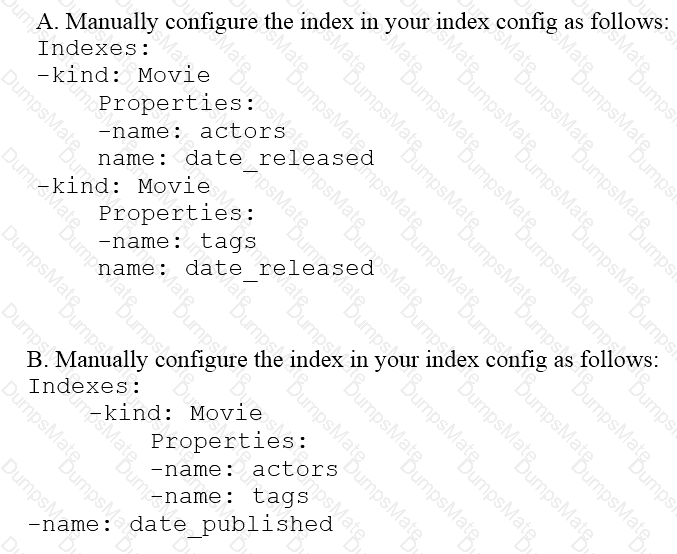To improve response times and reduce costs for frequent queries aggregating a large sales history fact table, materialized views are a highly effective solution. Here’s why option A is the best choice:
Materialized Views:
Materialized views store the results of a query physically and update them periodically, offering faster query responses for frequently accessed data.
They are designed to improve performance for repetitive and expensive aggregation queries by precomputing the results.
Efficiency and Cost Reduction:
By building materialized views at the day and month level, you significantly reduce the computation required for each query, leading to faster response times and lower query costs.
Materialized views also reduce the need for on-demand query execution, which can be costly when dealing with large datasets.
Minimized Maintenance:
Materialized views in BigQuery are managed automatically, with updates handled by the system, reducing the maintenance burden on your team.
Steps to Implement:
Identify Aggregation Queries:
Analyze the existing queries to identify common aggregation patterns at the day and month levels.
Create Materialized Views:
Create materialized views in BigQuery for the identified aggregation patterns. For example
CREATE MATERIALIZED VIEW project.dataset.sales_daily_summary AS
SELECT
DATE(transaction_time) AS day,
SUM(amount) AS total_sales
FROM
project.dataset.sales
GROUP BY
day;
CREATE MATERIALIZED VIEW project.dataset.sales_monthly_summary AS
SELECT
EXTRACT(YEAR FROM transaction_time) AS year,
EXTRACT(MONTH FROM transaction_time) AS month,
SUM(amount) AS total_sales
FROM
project.dataset.sales
GROUP BY
year, month;
Query Using Materialized Views:
Update existing queries to use the materialized views instead of directly querying the base table.
Reference Links:
BigQuery Materialized Views
Optimizing Query Performance





